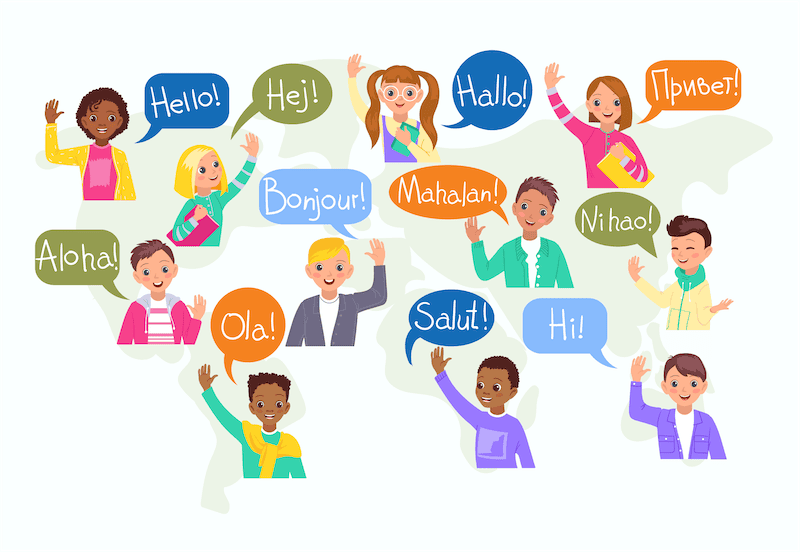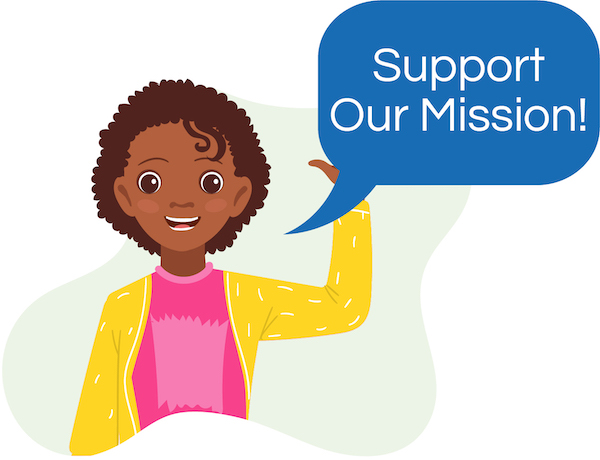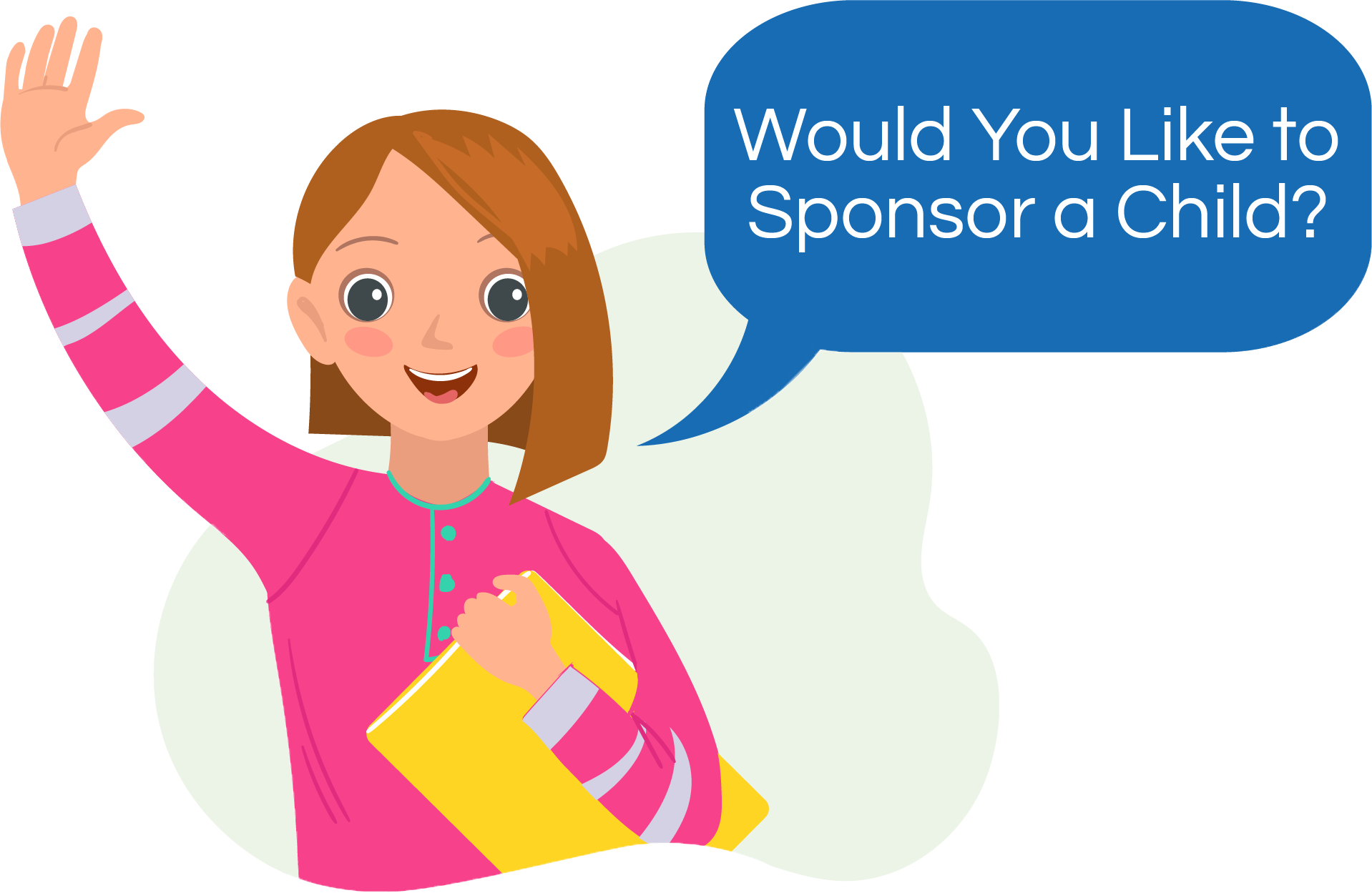Developmental Milestones for Speech and Language
(From the American-Speech Language Hearing Association)
Birth-3 Months
Hearing and Understanding
- Startles to loud sounds
- Quiets or smiles when spoken to
- Seems to recognize your voice and quiets if crying
- Increases or decreases sucking behavior in response to sound
Talking
- Makes pleasure sounds (cooing, gooing)
- Cries differently for different needs
- Smiles when sees you
4-6 Months
Hearing and Understanding
- Moves eyes in direction of sounds
- Responds to changes in tone of your voice
- Notices toys that make sounds
- Pays attention to music
Talking
- Babbling sounds more speech-like with many different sounds, including p, b and m
- Chuckles and laughs
- Vocalizes excitement and displeasure
- Makes gurgling sounds when left alone and when playing with you
7 Months-1 Year
Hearing and Understanding
- Enjoys games like peek-a-boo and pat-a-cake
- Turns and looks in direction of sounds
- Listens when spoken to
- Recognizes words for common items like "cup", "shoe", "book", or "juice"
- Begins to respond to requests (e.g. "Come here" or "Want more?")
Talking
- Babbling has both long and short groups of sounds such as "tata upup bibibibi"
- Uses speech or noncrying sounds to get and keep attention
- Uses gestures to communicate (waving, holding arms to be picked up)
- Imitates different speech sounds
- Has one or two words (hi, dog, dada, mama) around first birthday, although sounds may not be clear
1-2 Years
Hearing and Understanding
- Points to a few body parts when asked.
- Follows simple commands and understands simple questions ("Roll the ball," "Kiss the baby," "Where's your shoe?").
- Listens to simple stories, songs, and rhymes.
- Points to pictures in a book when named.
Talking
- Says more words every month.
- Uses some one- or two- word questions ("Where kitty?" "Go bye-bye?" "What's that?").
- Puts two words together ("more cookie," "no juice," "mommy book").
- Uses many different consonant sounds at the beginning of words.
2-3 Years
Hearing and Understanding
- Understands differences in meaning ("go-stop," "in-on," "big-little," "up-down").
- Follows two requests ("Get the book and put it on the table").
- Listens to and enjoys hearing stories for longer periods of time
Talking
- Has a word for almost everything.
- Uses two- or three- words to talk about and ask for things.
- Uses k, g, f, t, d, and n sounds.
- Speech is understood by familiar listeners most of the time.
- Often asks for or directs attention to objects by naming them.
- Asks why?
- May stutter on words or sounds
3-4 Years
Hearing and Understanding
- Hears you when you call from another room.
- Hears television or radio at the same loudness level as other family members.
- Understands words for some colors, like red, blue, and green
- Understands words for some shapes, like circle and square
- Understands words for family, like brother, grandmother, and aunt
Talking
- Talks about activities at school or at friends' homes.
- Talks about what happened during the day. Uses about 4 sentences at a time.
- People outside of the family usually understand child's speech.
- Answers simple "who?", "what?", and "where?" questions.
- Asks when and how questions.
- Says rhyming words, like hat-cat
- Uses pronouns, like I, you, me, we, and they
- Uses some plural words, like toys, birds, and buses
- Uses a lot of sentences that have 4 or more words.
- Usually talks easily without repeating syllables or words.
4-5 Years
Hearing and Understanding
- Hears you when you call from another room.
- Hears television or radio at the same loudness level as other family members.
- Understands words for some colors, like red, blue, and green
- Understands words for some shapes, like circle and square
- Understands words for family, like brother, grandmother, and aunt
- Understands words for order, like first, next, and last.
- Understands words for time, like yesterday, today, and tomorrow.
- Follows longer directions, like "Put your pajamas on, brush your teeth, and then pick out a book."
- Follows classroom directions, like "Draw a circle on your paper around something you eat."
- Hears and understands most of what is said at home and in school.
Talking
- Says all speech sounds in words. May make mistakes on sounds that are harder to say, like l, s, r, v, z, ch, sh, th.
- Responds to "What did you say?"
- Talks without repeating sounds or words most of the time.
- Names letters and numbers.
- Uses sentences that have more than 1 action word, like jump, play, and get. May make some mistakes, like
- "Zach got 2 video games, but I got one."
- Tells a short story.
- Keeps a conversation going.
- Takes in different ways depending on the listener and place. May use short sentences with younger children or talk louder outside than inside.
School and Clinic Locations
Let Us Help
At Buffalo Hearing & Speech Center, we are dedicated to helping you overcome any hearing, speech, communication, or educational need you have. Call us to speak with a Specialist or Write Us A Message.
The solution starts here!




